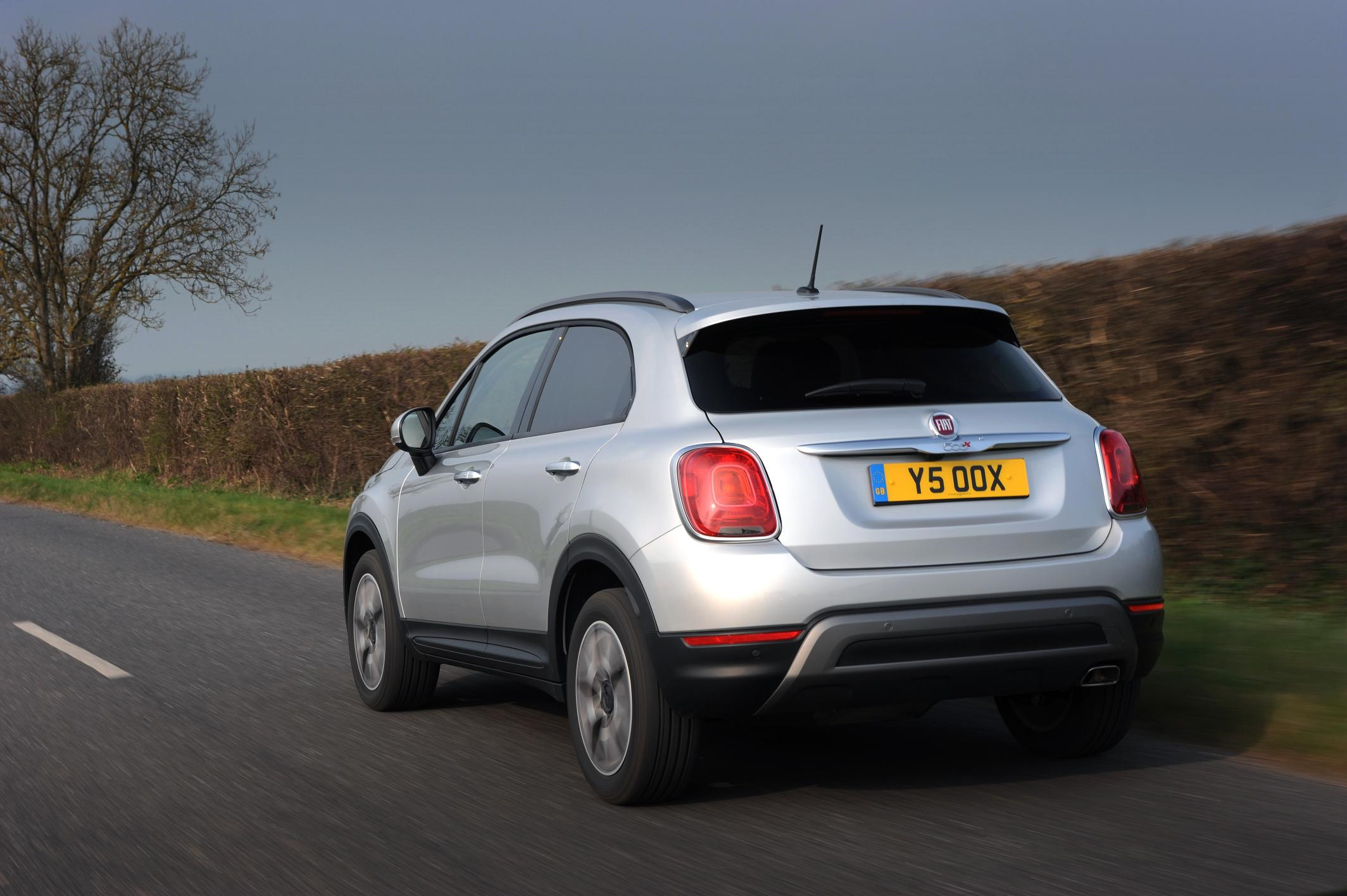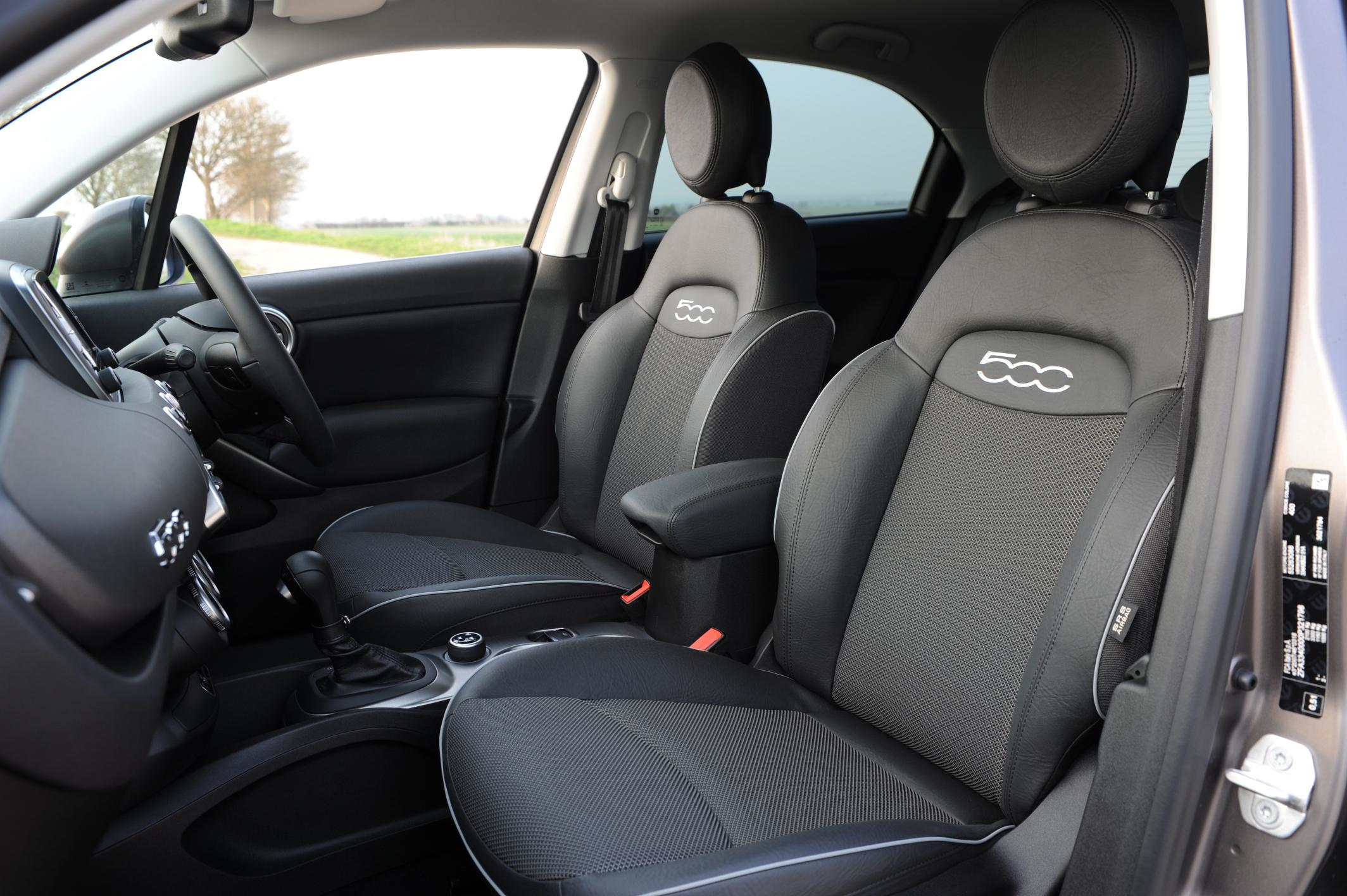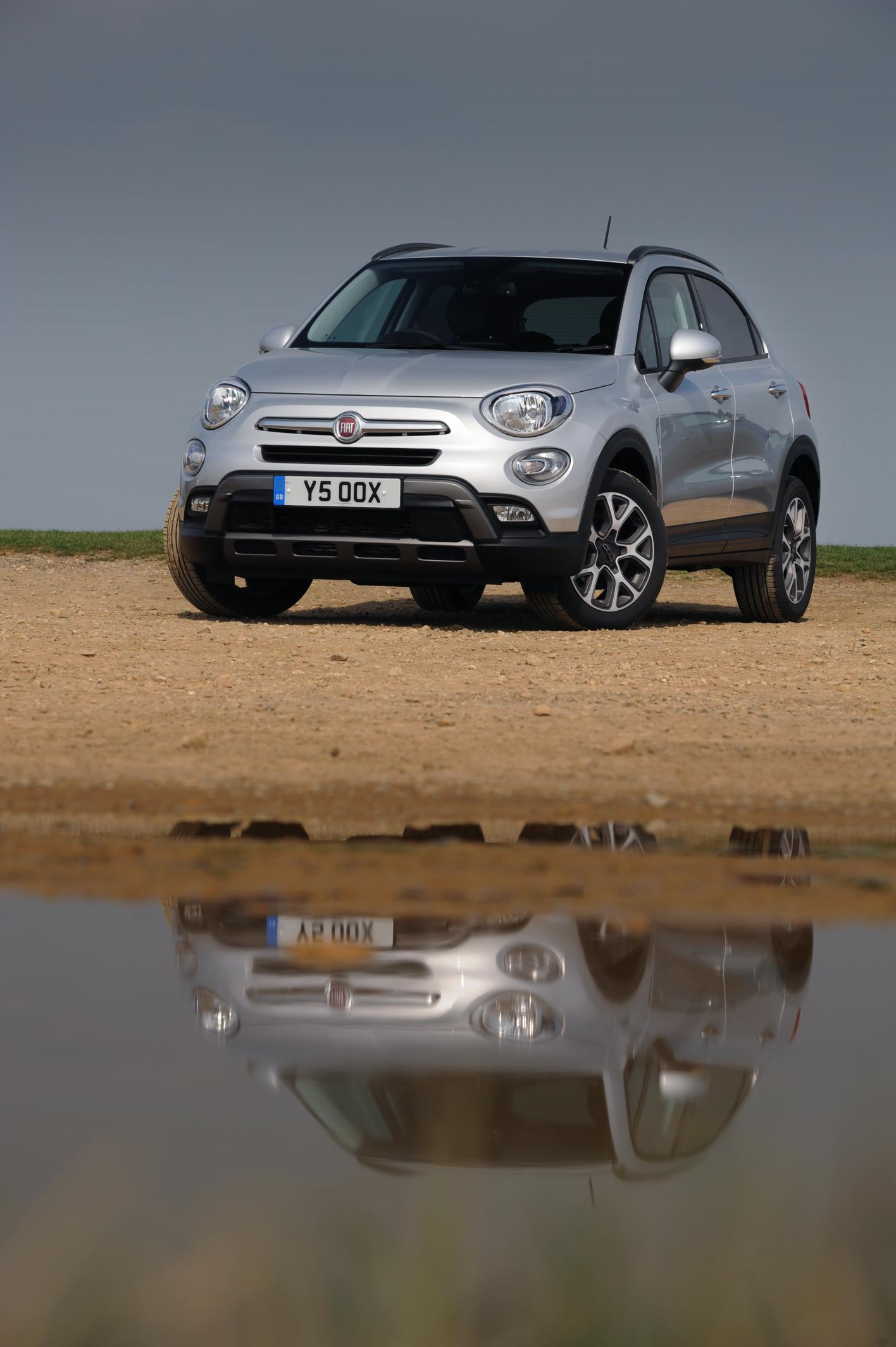There are many British car buyers that will admit to a heart-driven desire to drive an Italian motorcar. They are easy to acclimatise to and to become enthusiastic about, not least for their inescapable sense of fun and a bubbly energy reminiscent of drinking a chilled glass of Prosecco. While the brand has dealt with past gremlins, every Fiat car that I have ever owned has always been thoroughly dependable and completely rammed full of character.

Fiat ‘did a Mini’ with its 500 model. Reflecting an image of the original, tiny city car, early consumer demand created a massive order bank that has shown no signs of diminishing world-wide and over 200,000 examples have found homes in the UK. Having enthused us with several, progressively enlarged 500 models bearing a clutch of suffixes, it is left to the ‘X’ version to deliver an SUV-class punch that squares up to both European and Oriental competitors.
Today’s 500X offers a compelling blend of attractive styling, first-rate build quality and an enchantingly strong argument in its favour. Its greatest strengths lie in a cheery disposition and a punchy buying proposition, which makes a choice of either outright purchase, or one of a selection of leasing options, eminently viable.
From pushbutton start, to manual gear selection, from first application of overtaking power, to reading the sat-nav for a change of direction, the Fiat 500X oozes finely-honed, up-to-the-minute competence and a desirable tactility that belies its mainstream offering. In fact, it provides an exceptionally comfortable place from which to conduct one’s business, or pleasure, motoring requirements.

Fiat engines have always punched above their weights and the 1.4-litre petrol unit is a little stormer in turbocharged, 138 or 168bhp forms, offering an abundance of low-rev verve, allied to respectable top-end grunt that belies its relatively small capacity. There is a high-torque 1.6-litre petrol with 108bhp, yet, the turbo-diesel range starts with a 1.3-litre (94bhp) unit, continues with a 1.6-litre that is neither short on character nor capability and its on-paper performance figures are not too far removed from the base petrol, despite a 20bhp deficit, made up for by a slug of typical mid-range torque. A 2.0-litre producing 138bhp tops the range and is available in strictly 4x4 form.
Running costs are an invariable criterion and, so far, the most popular engine in the UK has been the 118bhp turbo-diesel, which manages 0-60mph in around 10.2s, a top speed just shy of 120mph, not far off 70mpg fuel economy potential and a lowly 109g/km CO2 rating that requires the standard £140 road tax levy. Smooth progress is helped by a truly slick manual gearbox. On the other hand, the 138bhp petrol zips to 60mph in 9.5s, can top 120mph, while 50mpg is within regular reach.

While the excellent hip-height access to the cabin is what makes SUVs so popular, opting for the 4WD transmission to complete the image is a tick-box matter . For a new car scene that demands the look, without enduring the pain of steeper overheads, it is clear that the smaller engines meet expectations more than adequately. Intelligent traction and stability controls provide enough grip to satisfy the geographically inquisitive, while arming them with fuel-saving ‘stop-start’ technology, reins-in costs satisfactorily.

Thanks to a very accommodating and comfortably appointed cabin, the 500X offers a spacious and roomy environment for people that desire a fizzingly charming and evocatively attractive appearance. Its familial relationship with the regular 500 is abundantly clear but more generous dimensions, which include a significantly larger, more practical boot area (350-litres) and both leg and headroom availability in the rear seats, make it significantly more family-friendly but without demanding too many compromises.
I keep returning to it but the combination of style and unassuming classiness exuded by 500X, allied to its low operating costs, aid a financial argument that eases the pathway to either personal affordability, or approval by the company accountant (in the care of company transport). A recent rationalisation exercise carried out by the company means that the model line-up is split between the City Look, or Off-Road Look variants. The former is more svelte, while the latter is overt. The City Look appears more sophisticated and is strictly 2WD, while the Off-Road Look features cladding, roof rails and optional 4WD. There is a bit more to it than just body addenda but the differences are clear.

Three trim levels (Pop, Pop Star and Lounge) for City Look and two others (Cross and Cross Plus) for Off-Road versions feature increasing levels of specification, although Fiat caters for the demands of personalisation, with a raft of options that includes body stripes and progressively fancier and larger diameter alloy wheels. As a measure of the times, connectivity options are extensive, while a comprehensive range of passive and active safety devices and driver assist programs are standard, although their availability increases with the trim spend.
The platform for the 500X is shared with sister brand Jeep in its Renegade model. Most importantly, it benefits from tremendous structural rigidity that allows its independent suspension to work effortlessly, a noticeable factor within seconds of driving the car, even for the first time. Accurate steering, positive brakes and plenty of mechanical grip make on-road driving eminently pleasurable and rewarding. The ride quality is biased towards sporting firmness, although it remains compliant enough to absorb mid-corner bumps and does not throw dynamic hissy-fits into the equation.